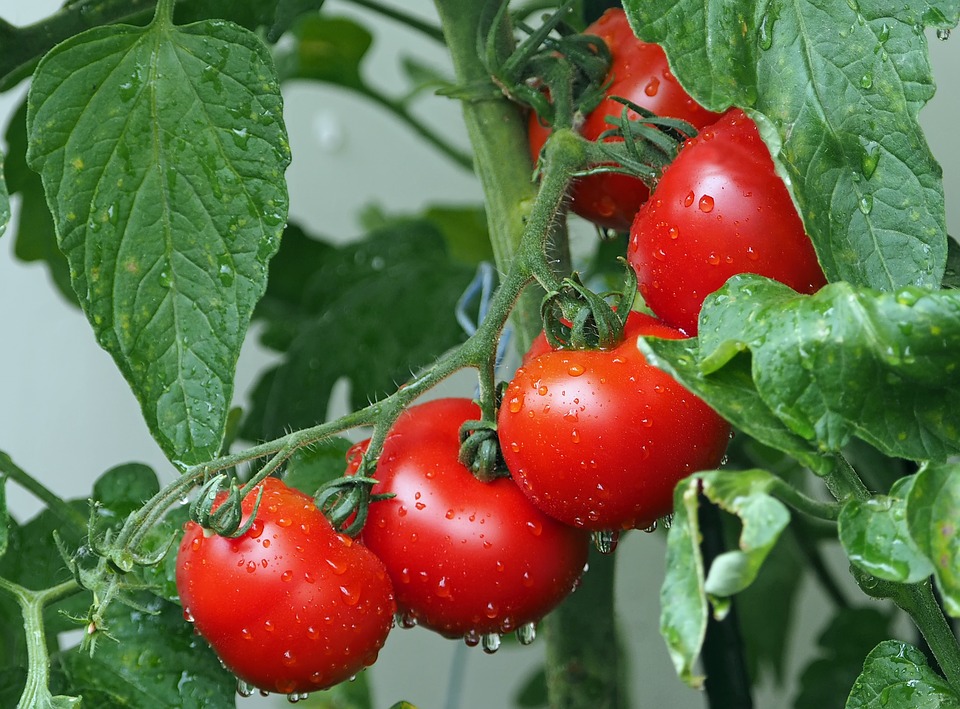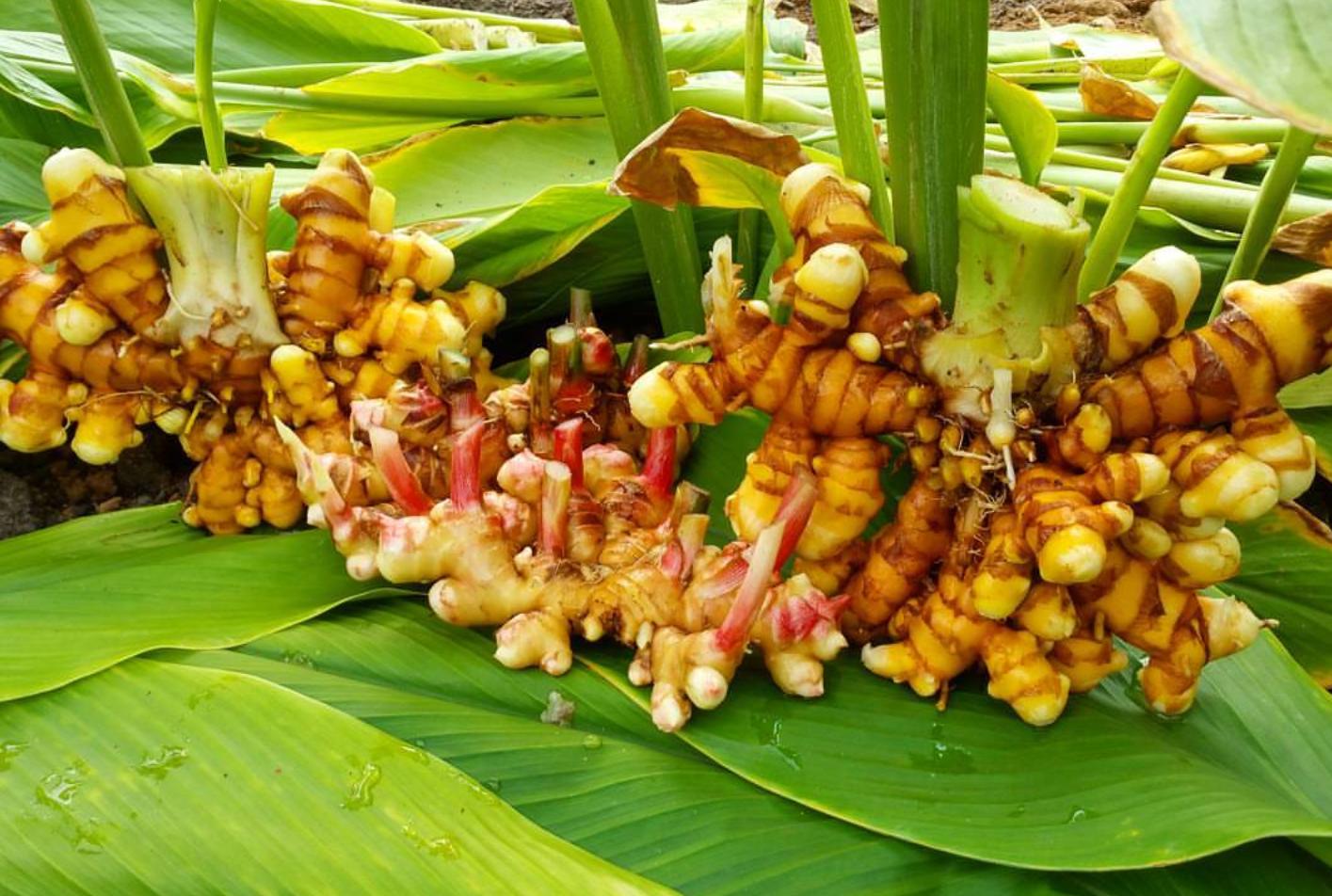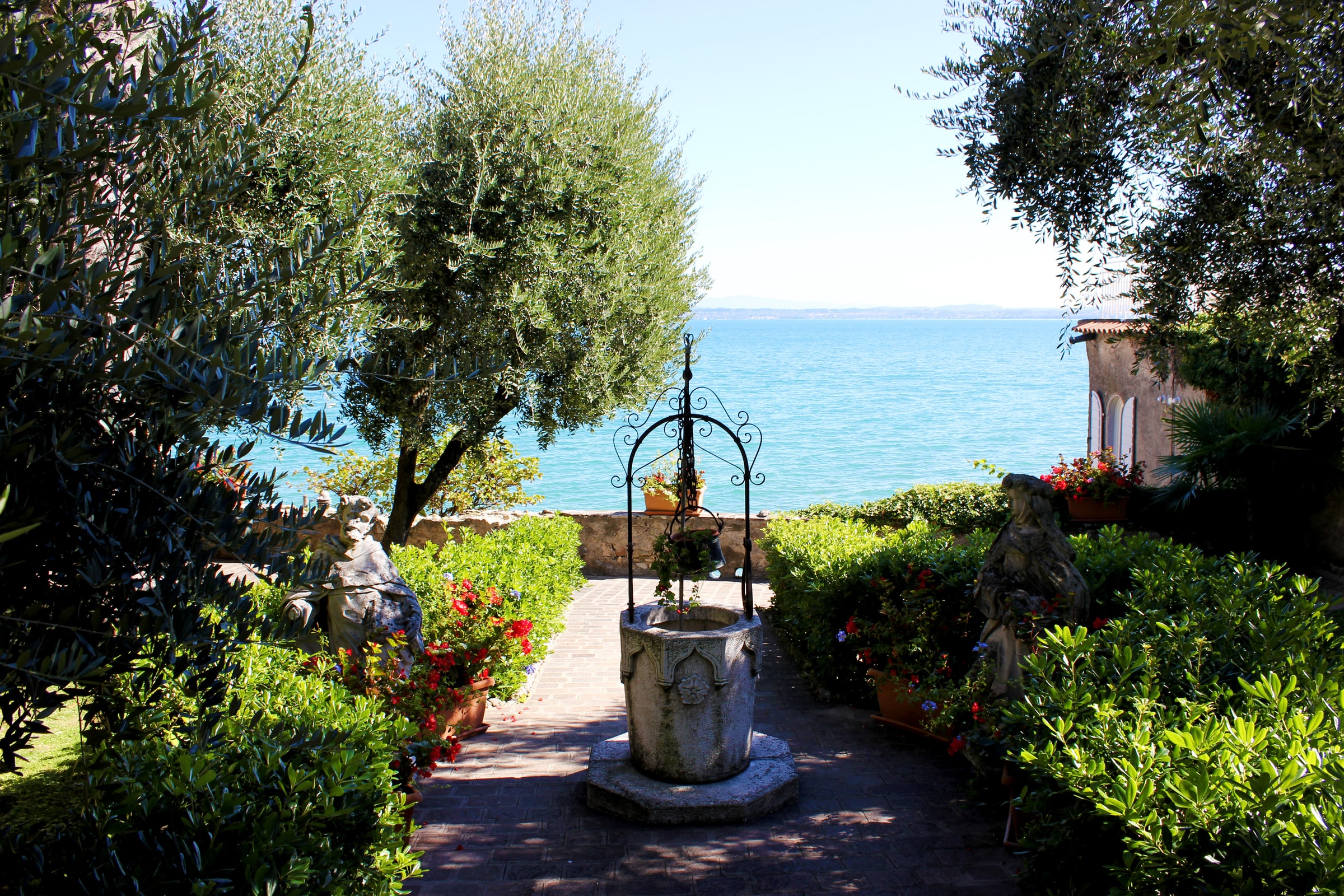A variety of factors can produce tomato leaf discolouration, including nutrient shortages, plant diseases, and cultural issues. We’ll assist you to figure out what’s causing your tomato plants’ yellowing leaves and offer solutions.
Tomatoes are one of the most popular crops among home gardeners, including novices, but they’re also one of the most difficult to grow. They can harbour a variety of parasites and diseases, and their nutritional needs are substantial, which is why they’re referred to as “heavy eaters.” Yellowing leaves on tomato plants can indicate a variety of issues, ranging from nitrogen deficiency to overwatering to herbicide damage, but don’t be alarmed: yellow leaves are fairly frequent and have a variety of potential treatments.

Yellow is a common color in new plants.
Don’t be alarmed if the foliage on your newly purchased tomatoes is yellow, especially if they were tall and gangly plants flourishing in a small pot before you planted them in its new home in your vegetable garden. Some nursery-grown vegetable plants develop yellow growth as a result of competition from nearby plants or diminishing nitrogen levels in the potting mix.
Here’s Why
To maximize the area available for growing plants, nurseries should stack tomato seedlings close together. The bottom leaves of those tomato sprouts become shadowed by nearby plants as they grow higher in the sky. Lower leaves may turn yellow and even fall off when less sunshine reaches them. Yellow leaves will probably be less of an issue after the plant is correctly spaced and developing in its new habitat in the produce garden.
Although the garden center most likely included plenty of fertilizer in the tomato seedling’s potting mix, the hungry young plant may have drained some of those nutrients, resulting in yellowing leaves.
The good news is that garden soil is usually high in the minerals that tomato plants require to thrive, especially if there is a lot of organic matter present in the form of compost, manure, or decomposing mulch. Give your tomatoes a week or two to establish roots in the natural soil of your garden. Of course, a fast soil test to determine what nutrients are available to your vegetables and how much fertilizer should be added to optimum growth is always a good idea.
Be Sure to Buy Healthy Plants
Yellow foliage, on the other hand, can be a sign of various health problems, such as communicable plant infections. Look for healthy plants with stocky growth and green leaves that are free of spots or yellowing when buying tomato plants from your local garden center. Unhealthy cheap plants can bring pest and disease problems to the garden that can take years to eradicate.

Deficiency of essential nutrients is a likely cause.
A shortage of nutrients in the soil is the most prevalent cause of yellowing leaves on established tomato plants. Tomatoes are heavy feeders that require a lot of nutrients to develop well and produce fruit.
Although a lack of nitrogen is the most common cause of yellow tomato leaves, it’s critical to establish which nutrient is missing before using a high-nitrogen fertilizer. Some nutrients can cause a shortage in others if there is an abundance of them. To find out what nutrients your tomatoes require, look for yellow leaves on the plant and which areas of the leaves are yellowing, then conduct a simple soil test to see what nutrients they require.
There are a lot of reasons why your leaves may be turning yellow. It is important to know the cause to be able to amend what you are doing to get greener plants. Do not want to read more about the topic? Let us know in the comments…


